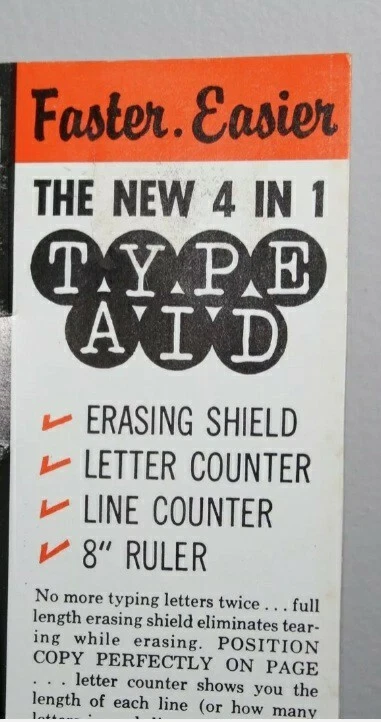The markets and level of ubiquity of these items in their heyday are so dramatically different that this is certainly an apples and oranges comparison.
However, if you want to compare the artist/users of the instrument to their machines, which is a way of potentially intuiting a potential answer to your question (one which is highly subjective), you might go by who was using particular typewriters of the time. Here's some data to consider: https://site.xavier.edu/polt/typewriters/typers.html
For that rough era in American-made machines, you'll see peak engineering/manufacturing in the 1950s out of the Smith-Corona Super Silent, the Remington Quiet-Riter, and the Royal Quiet De Luxe. Design, touch, and tuning can all be such subjective measures here so as to heavily Muddy (the) Waters ('52 Gibson Les Paul Gold Top/'58 Fender Telecaster) on style, quality, and popularity amongst the cognoscenti. Peak quality in the 60s had broadly moved to post-war Germany and Italy with machines from Olympia (SM3, 4, 5, 7, etc.) and Olivetti respectively.
For my personal money, in American machines of the time, I love the design and performance of my well-tuned, and mostly restored 1950 Royal KMG. However, the current market certainly wouldn't indicate a broader beloved status for these the way you'll see for Stratocasters. (You'll also find some horribly maintained and un-tuned machines out there on the market, which is why so much of the antique and vintage typewriter market pricing is so wildly out of whack.)
A separate flavor of question certainly, but if you're looking for a solid performing typewriter to pair aesthetically and temporally with a '64 Strat, I'd go with a Royal FP ('57-62) (which came in Royaltone or Pearl Dark Gray smooth, Royaltone or Pearl Light Gray smooth, Willow Green smooth, Sea Blue smooth, Cameo Pink smooth (Petal Pink) , Brushed Aluminum, Sandstone smooth, and Coral Rose) or the smaller Royal Futura 800 ('58-'63).








